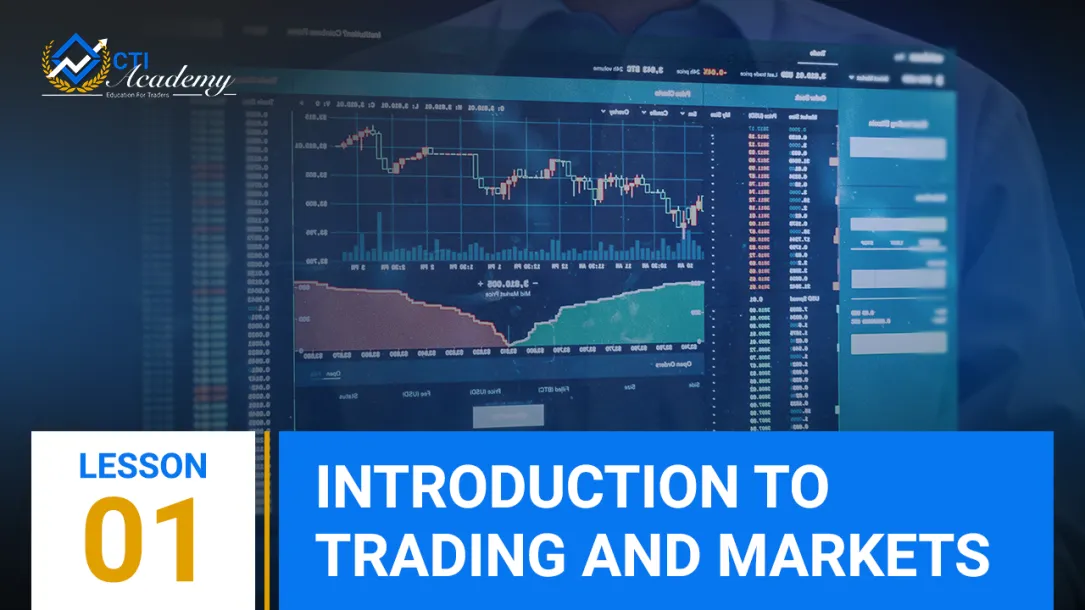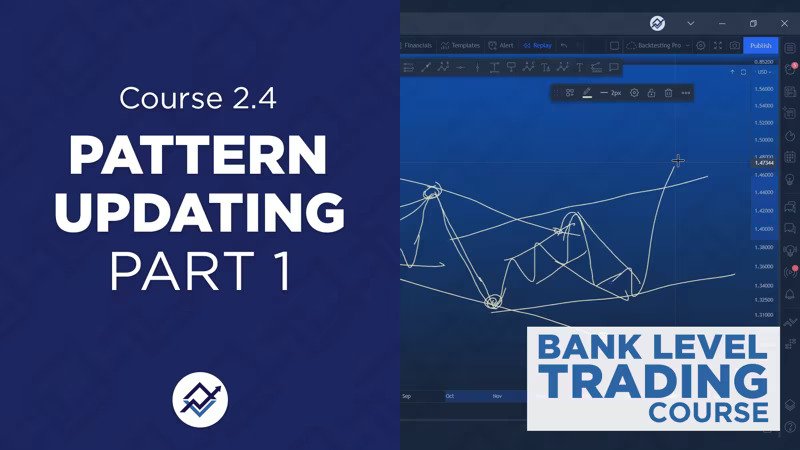Introduction - Lesson 1: Introduction to Trading and Markets
Dive into the exhilarating world of trading, where assets from stocks to commodities change hands in global markets. Beyond profits, discover a realm of strategies and continuous learning in an ever-evolving landscape.
Beginner’s Message
Trading and Markets Unveiled – A Beginner’s Guide
Welcome, future traders, to the thrilling world of trading and financial markets! No prior knowledge? No problem! Let’s navigate the basics together. Trading, the act of buying and selling financial assets like stocks and currencies, isn’t just about profit—it’s a learning adventure. In this beginner’s lesson, we unveil fundamental concepts, establishing a solid foundation for your trading journey.
Points to Ponder:
Understanding Market Operations: Trading markets are vibrant platforms where buyers and sellers exchange assets. Various participants, including retail traders and institutional investors, influence prices through their interactions, all governed by the principle of supply and demand.
Identifying Core Assets: Stocks, forex, and commodities are key assets in trading. While stocks denote company ownership, forex involves currency exchange, and commodities encompass tangible items like oil and agricultural products.
Embarking on Trading: Initiate your trading adventure by learning the basics, understanding different instruments, and getting acquainted with trading platforms. Simulated trading provides a risk-free arena to hone your skills, and crafting a robust trading plan guides your journey strategically.
1.1 – Understanding Different Types of Markets
Explore the colorful array of markets and unravel the unique traits, risks, and opportunities each one presents.
1.2 – Exploring Financial Instruments: Stocks, Forex, Commodities and Crypto
Navigate through the diverse world of financial instruments, understanding their role, functioning, and potential in your trading journey.
Advanced Message
Digging Deeper: The Dynamics of Trading and Markets
For those ready to move beyond the beginner’s stage, you’re about to explore the intricacies of trading and financial markets. Trading is not just about buying low and selling high; it’s a complex web of strategies, analysis, and decision-making. In this lesson, we’ll delve into the various asset classes, market participants, and trading styles. You’ll gain insights into technical and fundamental analysis, and you’ll start to see how news and events affect market movements. Buckle up, because the world of trading is about to get even more fascinating!
Questions to Guide Your Exploration:
How do advanced strategies enhance trading?
Advanced strategies, such as utilizing various forms of analysis (technical, fundamental, and sentiment analysis), algorithmic trading, and derivatives trading, provide traders with enhanced tools to navigate market complexities, manage risks, and optimize potential rewards, tailoring approaches to align with market conditions and personal trading objectives.What roles do market participants play in shaping market dynamics?
Market participants, including retail traders, institutional investors, and market makers, play crucial roles in shaping market dynamics by influencing supply and demand. Their trading activities, decision-making processes, and market perceptions contribute to price movements, trends, and liquidity within the markets.How do various asset classes interact within the market?
Various asset classes, such as equities, forex, and commodities, interact based on numerous factors like economic indicators, geopolitical events, and market sentiment. For instance, a change in interest rates might affect currency values (forex market), which in turn could impact multinational corporations and their stock prices (equity market), and potentially influence commodity prices due to changing production costs.
1.3 – Long and Short Trades: Grasping Basic Positions
Understand the implications, strategies, and nuances between taking long and short positions in your trades.
1.4 – Market Orders vs. Limit Orders: Placing Your Trades
Decode the strategy behind placing trades, understanding the distinction, and application of market and limit orders.
Professional Message
Mastering the Art and Science of Trading
Seasoned traders understand that trading is not just a profession; it’s an art and a science. This lesson is for those who want to refine their skills and deepen their understanding. We’ll explore advanced topics such as algorithmic trading, risk management strategies, and the psychology of trading. You’ll learn about options, futures, and derivatives trading, and how to use them for hedging and speculation. It’s time to fine-tune your trading strategy, optimize your portfolio, and achieve your financial goals.
Exploratory Questions:
How do professional traders manage risks and rewards?
Professional traders manage risks and rewards by implementing stringent risk management protocols, utilizing tools like stop-loss and take-profit orders, diversifying portfolios, and ensuring that potential rewards justify the risks undertaken. This involves meticulous planning, continuous market analysis, and employing strategies that align with both market conditions and their trading profile.In what ways does trading transcend into an art form?
Trading transcends into an art form through the development of intuition, experience-driven decision-making, and the ability to perceive subtle market nuances. It involves crafting strategies that, while grounded in analysis and data, also involve an innate ability to navigate through market noise, foresee potential opportunities, and manage trades in a manner that is both strategic and adaptive to market conditions.What advanced strategies can optimize your trading portfolio?
Advanced strategies to optimize trading portfolios involve the use of derivatives for hedging, algorithmic trading for executing high-frequency trades, and employing various forms of market analysis to make informed decisions. Additionally, diversification across different asset classes, sectors, and geographical regions, as well as employing varying trading styles and timeframes, can also enhance portfolio optimization.
1.5 – Risk and Reward: Essentials of Trade Evaluation
Explore the balancing act between risk and reward, understanding how to strategically evaluate and optimize your trades.
1.6 – Leverage and Margin: Amplifying Trading Potential
Dive into the concepts of leverage and margin, understanding how they can amplify your trading potential and the associated risks.
Conclusion
As we encapsulate this inaugural lesson, remember: the realm of trading and financial markets is not only a field of endless opportunities but a continuous journey of learning and adaptation. Whether a novice, an advanced trader, or a seasoned professional, each stage unfolds new learning paths and explorative opportunities.
To quote the venerable trader, Daniel Martin, “Trading is not just about making money; it’s about continuous learning and adaptation.” So, remain curious, embrace prudence, and meet challenges head-on. Our forthcoming lessons will immerse you deeper into the trading world, arming you with essential knowledge and skills to navigate through its perpetually evolving landscape.
Trading Wisdom
Noticeable in trading and beyond a desire for quick wins without the grit. Diverse experiences, especially struggles, build resilience and respect for sustained effort. Let’s uplift a narrative that values steady growth, strategic risks, and diligent work.
Book Recommendation: “The Little Book of Common Sense Investing” by John C. Bogle. This book offers foundational insights into the world of investing, suitable for all types of markets. Question cover : Do you want to be a trader or a passive investor? This book will help you to cover that question.





